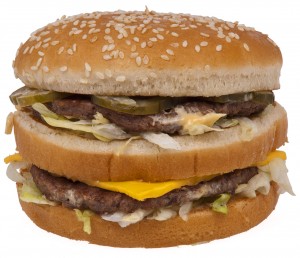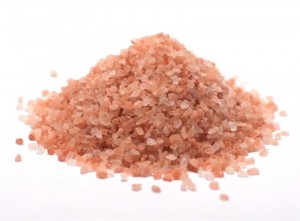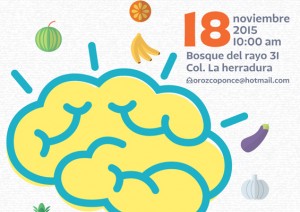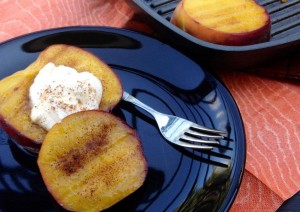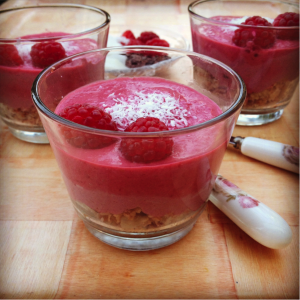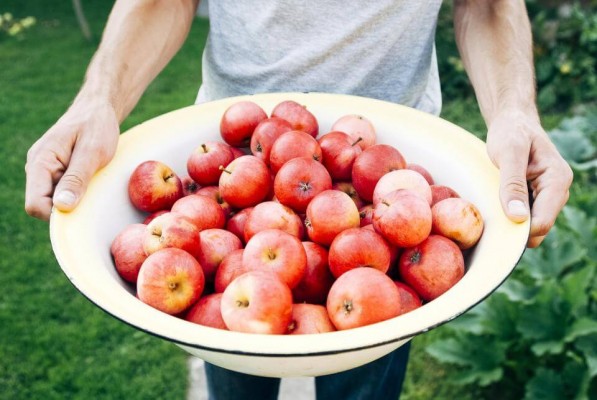
Apples Are on the Top of Environmental Working Group’s ‘Dirty Dozen’ List for 5th Year in a Row!
The Environmental Working Group (“EWG”) is an American non-profit organization dedicated to protecting human health and the environment. Their mission, according to their website, is “to empower people to live healthier lives in a healthier environment”.
Every year since 2004, EWG has published a shopper’s guide to pesticides in produce, ranking different fruits and vegetables by the total number of pesticides found in them. The guide includes two lists: the “Dirty Dozen” (the 12 most contaminated) and the “Clean Fifteen” (the 15 with the lowest levels of contamination). At the end of February this year the updated list for 2015 was published.
The Dirty Dozen 2015 lists apples (appearing at the top of the list for the fifth year in a row), peaches, nectarines, strawberries, grapes, celery, spinach, sweet bell peppers, cucumbers, cherry tomatoes, imported snap peas and potatoes.
The Clean Fifteen is comprised of avocados (only 1% of samples showed any detectable pesticides), sweet corn, pineapples, cabbage, frozen sweet peas, onions, asparagus, mangoes, papayas, kiwis, eggplant, grapefruit, cantaloupe, cauliflower and sweet potatoes.
The findings in the Guide can help you reduce your exposure to pesticides and help you to make informed choices when choosing the produce that you buy. You can find a summary of the report’s findings at the Environmental Working Group’s website. Although this list originates from the US, it may be similar for other countries. Does anyone out there have an informed opinion on this?
